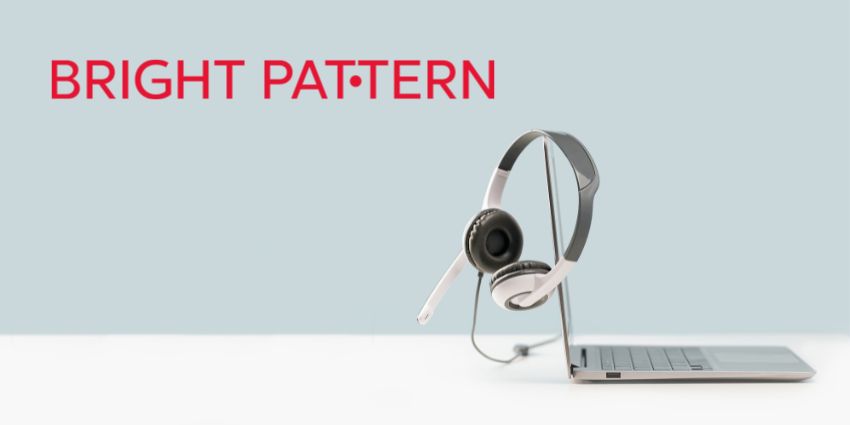Organisational silos hamper the customer journey and impact the customer’s experience, so in order to provide optimum interactions, businesses need to examine how company structures and workflows can support cross-functional collaboration.
However, even with these in place, leaders should be aware that some staff may reject these changes, feeling that the new workflows slow them down and prevent them from having ownership of the entire job, as they did in the past.
For this reason, leaders must monitor whether collaboration really is taking place, and this means that in addition to considering the functions that employees perform, their handoffs also need to be monitored.
There is therefore a need for a platform that can enable leaders to: discuss the customer touchpoints in question; surface ways to motivate people across the organisation to pull in the same direction; and to put in place accountability to enforce collaboration.
One platform that can achieve these goals is the customer room.
A customer room is a tangible depiction of the customer journey, a room full of information that uses visual storytelling to help staff understand the current experience the company delivers and to be clear about the intended experience that the organisation wants to deliver.
To enable employees to ‘experience’ the customer journey for themselves from the customer’s point of view, the room will include artifacts from their journey, such as invoices, letters, emails, order forms and contracts, as well as screenshots, posters, pictures, presentations, recorded customer calls and customer feedback. In a sense, a customer room is like bringing a customer journey map to life.
Customer rooms ultimately address four challenges:
- Engaging leadership.
- Embedding culture with new recruits.
- Driving experience accountability.
- Uniting customer experience efforts.
But when it comes to enforcing/encouraging the cross-functional collaboration piece, the customer room also enables leaders to:
- Drive continuous learning about the impact the company has on customers.
- Assign accountability and import urgency for improvements.
- Execute ongoing modifications and improvements.
- Create awareness and manage the customer profitability pipeline.
The customer room brings alive the concept of guerrilla metrics and pushes them from concept to accountability that people can manage. Outcome metrics and priority contact points can be enlarged visually and posted on the walls.
For example, if receiving a shipment was a key priority, you would display the packaging and communication with the results on how shipping was executed and responses from customers. You include customer complaints, the KPIs for each key touchpoint and the survey results that are impacted by it.
The trending and tracking of customer issues captures who is working on the issues, what they’re doing to fix them and how long it’s taking to get the counts down.
The walls of the customer room depict the customer experience stages with the priority metrics you have identified and tracked to manage customer relationships and profitability.
- Wall #1 – depicts metrics on overall outcome: the flow of customers and other guerrilla metrics.
- Wall #2 – posts the volume, flow, and nature of customer issues.
- Wall #3 – identifies operational accountability and performance in executing the customer experience at priority contact points.
The visual and interactive customer room brings the organisation together to think “experience” rather than “my silo.”







